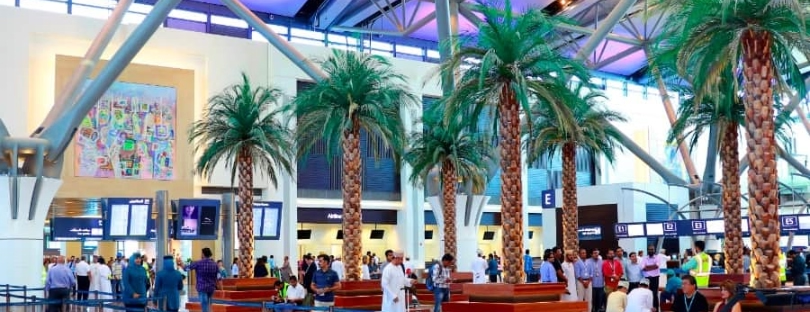
Flying with Emirates? New Power Bank Restrictions Take Effect October 1, 2025
Emirates is set to roll out a major safety policy that will directly affect how passengers travel with portable chargers. Beginning October 1, 2025, the airline will prohibit the in-flight use of power banks on all its flights, citing growing concerns over lithium battery safety. The updated rules will not only prevent passengers from using a power bank to charge phones, laptops, or other devices during the flight but will also ban recharging the power bank itself from the aircraft’s outlets.
The new guidelines come as lithium-ion battery incidents—ranging from overheating to fire—have become a rising issue across the aviation industry. While many modern electronics have built-in protections against overcharging, Emirates says that basic, low-cost power banks often lack such safeguards, increasing the risk in the confined space of an aircraft cabin. To address this, the airline will enforce strict limits on battery capacity, storage location, and onboard handling, aiming to reduce both the likelihood and potential impact of any battery-related incident mid-flight.
What is changing
The airline’s updated rules restrict each customer to one power bank with a capacity of under 100 watt-hours. The capacity rating must be clearly available on the device. Power banks may not be placed in overhead bins and are not permitted in checked baggage.
Onboard, they must be stowed in the seat pocket or in a bag under the seat in front of the passenger. Using a power bank to charge a phone, tablet, laptop or camera is not allowed, and charging a power bank from the aircraft’s power supply is also prohibited.
Why the policy is being introduced
Emirates says the decision follows a comprehensive safety review amid rising use of power banks and an increase in lithium battery–related incidents across the aviation industry. Power banks typically use lithium-ion or lithium-polymer cells. These batteries move lithium ions through an electrolyte between two electrodes as they charge and discharge. If a battery is overcharged or damaged, it can enter thermal runaway, a self-accelerating condition in which heat generated inside a cell exceeds its ability to dissipate heat. This can trigger a rapid temperature rise and, in severe cases, fire, explosions, and the release of toxic gases.
Many smartphones and other advanced electronics incorporate internal systems that limit current and help prevent overcharging. According to Emirates, some basic power banks may not include comparable safeguards, elevating risk in confined aircraft cabins.
How the changes aim to reduce risk
Prohibiting in-flight use removes a common trigger for overheating by preventing active charging cycles during the flight. Requiring cabin storage in accessible locations enables the trained crew to reach a device quickly and respond if a battery fault occurs.
Emirates says these measures are intended to significantly reduce the likelihood and potential impact of power bank incidents onboard.
What passengers should know
- Carry only one power bank under 100 Wh, with the capacity rating visible.
- Do not use a power bank to charge any personal device in flight.
- Do not charge a power bank from the aircraft’s outlets.
- Stow the power bank in the seat pocket or a bag under the seat; not in overhead bins.
- Do not place power banks in checked luggage.
Effective date and outlook
The policy takes effect on October 1, 2025. Emirates describes safety as a core value and says it will continue to review and refine procedures to safeguard customers and staff.
Airlines with Similar Policies
- Southwest Airlines (U.S. carrier):
As of May 28, 2025, passengers must keep portable chargers or power banks visible during flights, meaning they cannot be stored in bags or overhead bins. This helps cabin crews rapidly respond in case of battery overheating or fire. - Singapore Airlines and Scoot:
In April 2025, both airlines banned the use of power banks onboard, prohibiting passengers from using in-seat USB ports to charge them or charging other devices using the power banks. - Major Asian carriers are tightening restrictions as well, including EVA Air, Thai Airways, AirAsia, China Airlines, Tigerair Taiwan, Cathay Pacific, and Hong Kong Airlines. Rules typically prohibit using power banks during flights or require them to remain in carry-on baggage with clear safety labeling.
- South Korea:
Following a power bank–related fire aboard an Air Busan flight in January 2025, authorities banned the use of power banks in cabins and mandated airlines to require that passengers carry them on their person, not in overhead bins. - Jet2 (UK low-cost carrier):
Prohibits power banks from being stored in the aircraft hold and requires that they clearly display their watt-hour rating. - easyJet (another UK carrier):
Allows up to two power banks (each under 160 Wh) only in carry-on luggage, and they must be individually protected to prevent short circuits.











